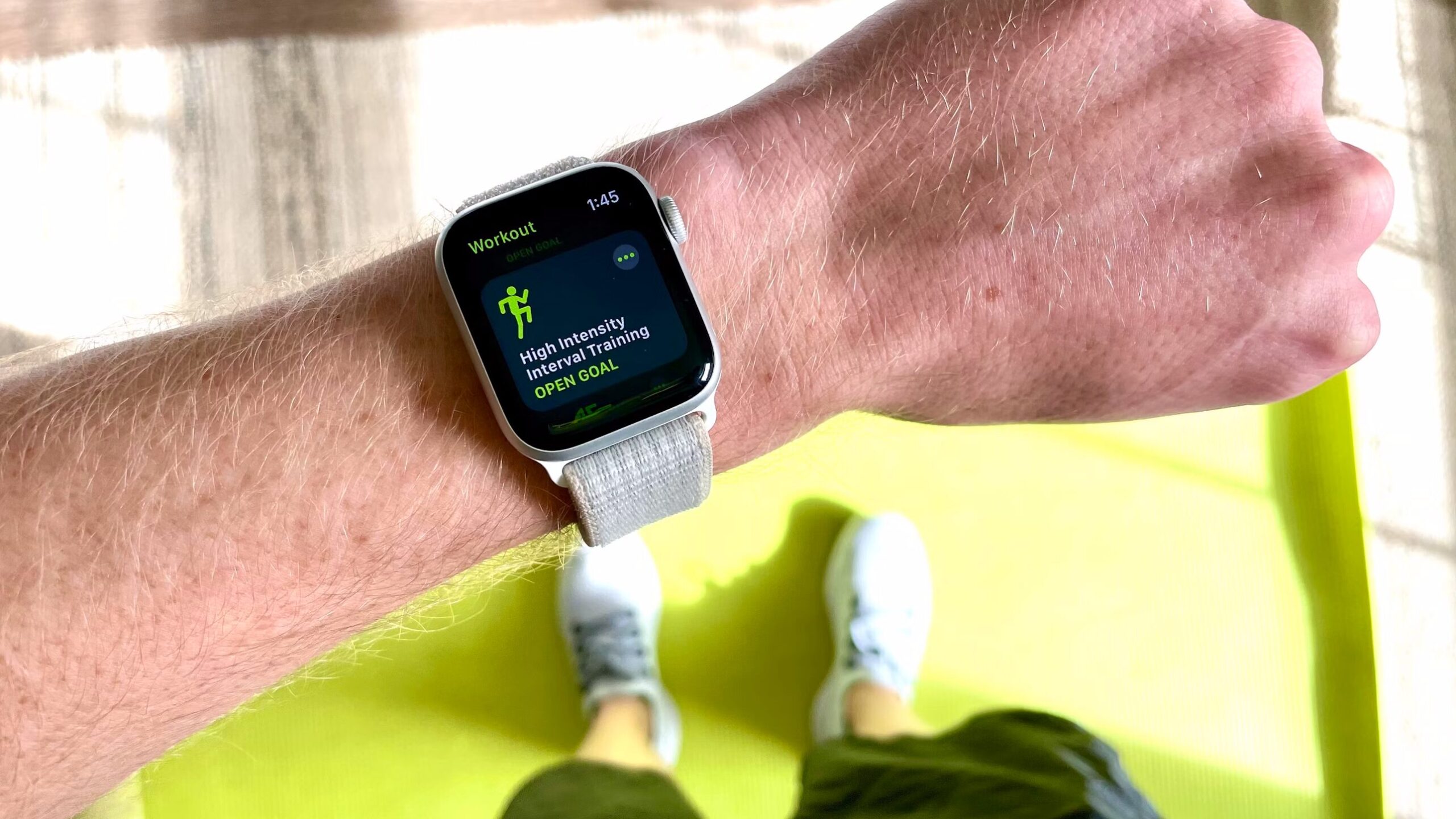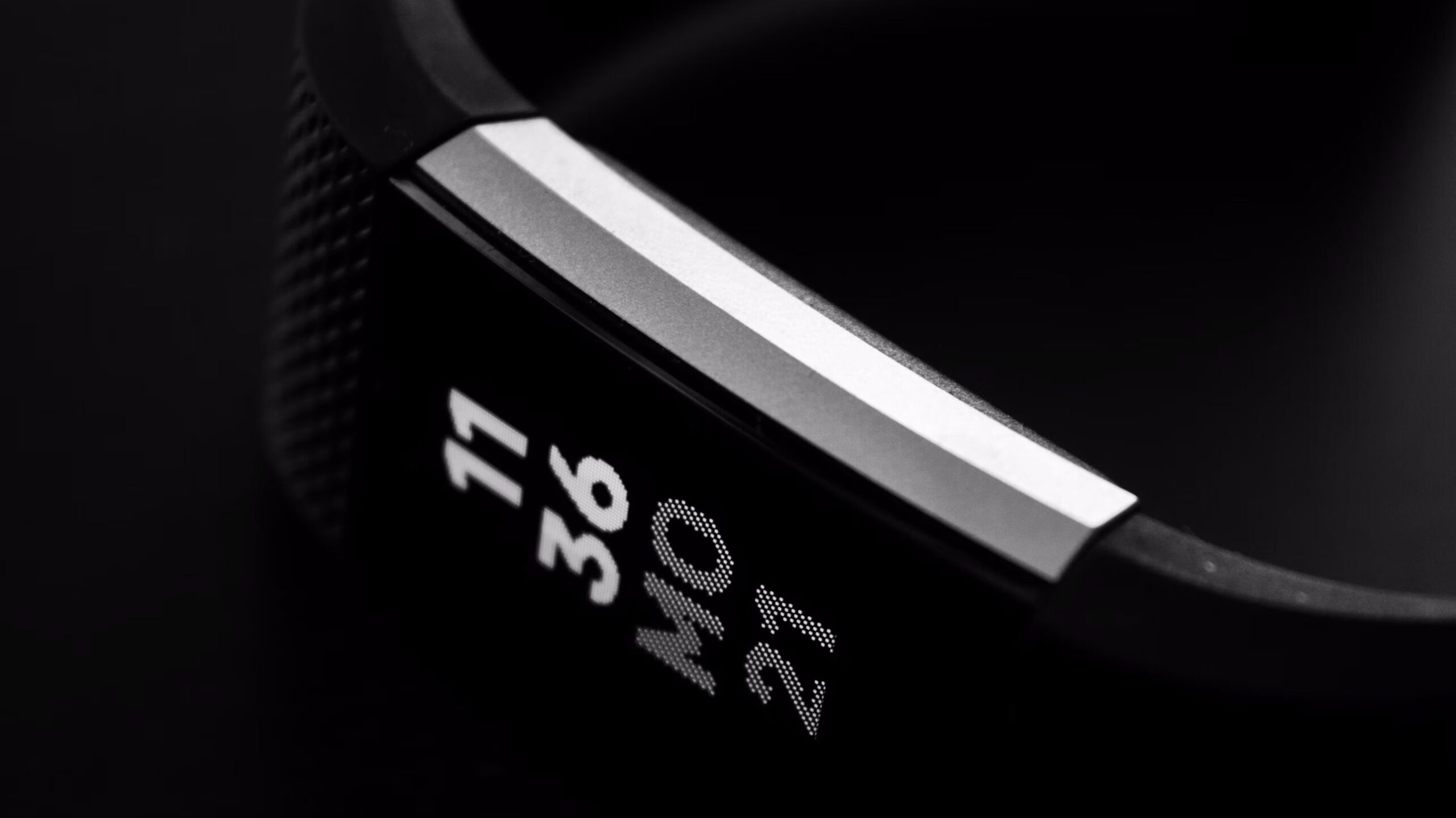Designing Medical Devices for Patients

In the healthcare industry, patient facing medical devices are evolving rapidly like the advancements we see in consumer technology. These devices ranging from health monitors to diagnostic tools are revolutionising how patients engage with medical technology. They prioritise user experience while ensuring safety and effectiveness.
Table of Contents
The Emergence of User Centric Designs in Medical Devices
Companies like Apple have played a role in promoting user designs in medical devices through their health focused wearables. This trend reflects a shift towards patient friendly technology. Whether it’s a thermometer or complex rehabilitation equipment these devices seamlessly integrate into life while providing crucial health insights.
Challenges Faced by Medical Device Manufacturers
This transformation challenges medical device manufacturers to adopt an approach where user experience holds equal importance to technological prowess. Principles such as usability engineering and human factors engineering, guide this paradigm shift emphasising interfaces that enhance patient engagement while maintaining medical standards.
The Importance of Collaborative Product Development
Successful patient facing medical devices are the result of integrated product development. Unlike their predecessors modern medical devices are developed through a process that considers both technology and user needs as equally important.
This approach is quite different from how medical devices were designed in the past as they were primarily functional without emphasis on the user experience.
In today’s world it is crucial to have collaboration. Teams that work together with a shared vision than just focusing on specifications are better equipped to tackle challenges and come up with innovative solutions. For example even if a device doesn’t meet the required response time it can still be successful if the team creatively enhances the user experience in a way that makes any additional time spent feel valuable rather than a drawback.

The Significance of Size Reduction
The size of patient-facing devices plays a role in their desirability. Modern consumers, who are accustomed to sleek and compact gadgets expect the same from medical devices. A bulky glucose monitor for instance may not be well received compared to its designed counterpart.
To address this demand, designers and engineers are focused on reducing the size of devices through design concepts and advanced engineering techniques. These include using PCBs and miniaturised components and exploring new assembly methods like ultrasonic welding. However, these advancements often come at costs underscoring the need to strike a balance, between size, functionality and price.
Selecting Appropriate Components and Materials
The aesthetic design of patient facing devices significantly influences their appeal. Medical device design companies must navigate the fine line between trendy and timeless designs, often taking cues from consumer electronics like smartphones or household items. Incorporating high end plastics, sleek touchscreens and subtle LEDs to enhance the appeal of their devices. However these design choices come with their set of challenges due to the small production volumes of medical devices compared to consumer products.
One particular challenge for medical device manufacturers is securing components like touchscreens or batteries. The lower order volumes and longer service life expectations of devices make it more difficult to source these components. To address this issue strategic planning and risk assessment are necessary to ensure flexibility and reliability in component sourcing.
Looking ahead to the future we can expect changes in patient facing devices.
The integration of intelligence (AI) and machine learning (ML) is a trend that will revolutionise these devices. These technologies have the potential to improve accuracy, personalise treatment plans and even predict health risks before they become critical. For example wearable devices enabled with AI could continuously analyse health data, provide real time insights and alerts for both patients and healthcare providers.
Another emerging trend is the increasing adoption of telemedicine and remote monitoring technologies, in light of the pandemic. These advancements allow patients to effectively handle conditions, from the comfort of their homes while also equipping healthcare professionals with valuable data for ongoing care. This shift not only enhances accessibility to healthcare but also alleviates the strain on traditional healthcare facilities.
Another fascinating development is the increasing focus on sustainable medical devices. With growing concerns about our planet there is a push for devices that are not effective but also sustainable. This includes utilising materials, designing energy efficient products and incorporating recyclable components. By aligning healthcare technology with sustainability goals we can make a positive impact.
Furthermore the integration of reality (VR) and augmented reality (AR) in devices used by patients opens up possibilities for treatment and rehabilitation. For instance VR can be utilised for pain management and therapy providing experiences that assist individuals in managing pain or recovering post operatively. On the other hand AR can support surgeons during medical procedures by offering real time augmented visuals.
Regarding regulations as these technologies progress further there will be an increased demand for standards and regulations to ensure safety and data privacy. The medical device industry will need to navigate these regulations while fostering innovation.
Finding the balance between innovation and practicality is crucial.
At Bluefrog Design we have an approach to design that involves experts in both technology and user experience. This process consistently leads to the development of products that are not just clinically effective but also commercially successful. Our focus on innovation, user centred design and creating connections sets us apart as leaders in medical device design. We are constantly pushing boundaries when it comes to patient facing devices redefining what’s possible. Our dedication lies in advancing the integration of technology and healthcare so that our clients products not meet but surpass the changing needs and expectations of patients and healthcare providers.
If you would like to see more on our services
If you would like to hear more on how we can improve the quality of your products or help with your product development, please contact Bluefrog Design at [email protected]
FAQ’s on Designing Medical Devices
How do you design a medical device?
Important elements in the design of medical devices include: User needs and ergonomics: knowing what the end user needs and making sure the design is ergonomic. Safety and Effectiveness: Giving patient safety and device efficacy top priority. Regulatory Compliance: Following the rules and regulations set forth by the appropriate health authority. Material Selection: Selecting robust and biocompatible materials. Technological Integration: Using cutting-edge technology when it makes sense. Cost-effectiveness: Keeping expenses under control while promoting innovation. Design for Manufacturability: Making sure the layout can be produced. Risk management is the process of determining and reducing possible risks.
What is the ISO for medical device design?
The primary ISO standard for medical device design is ISO 13485, which specifies requirements for a quality management system. It focuses on ensuring consistent design, development, production, installation, and delivery of medical devices that meet regulatory requirements and customer needs. It emphasises risk management, process validation, and adherence to regulatory standards, ensuring safety and efficacy in the design and manufacturing of medical devices. ISO 13485 is widely recognised and accepted internationally as a framework for compliance in the medical device industry.
What is the design life cycle of medical devices?
The design life cycle of medical devices encompasses several stages: Conceptualisation: Identifying a clinical need and conceptualising a solution. Feasibility Study: Assessing technical, financial, and regulatory feasibility. Design and Development: Detailed engineering design, prototyping, and iterative refinement. Testing and Validation: Ensuring safety, functionality, and compliance with regulatory standards. Regulatory Approval: Obtaining necessary certifications and approvals from health authorities. Manufacturing and Scale-up: Transitioning to mass production. Market Launch: Commercialisation followed by post-market monitoring and feedback incorporation for continuous improvement.
Ready to get started on a project?
Socials



